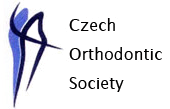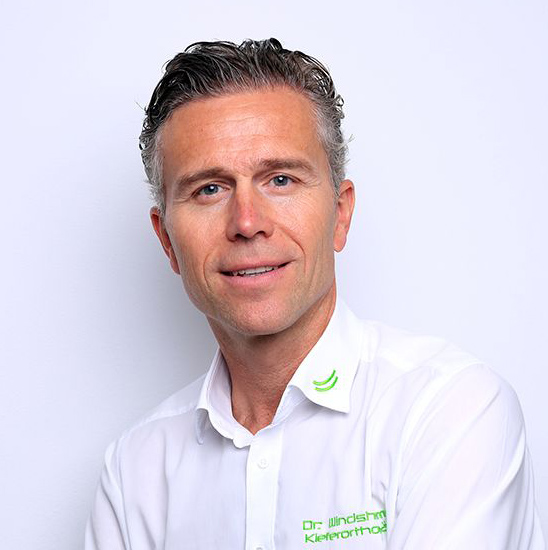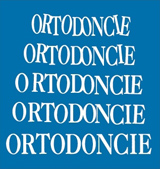| Invitation | |
| Main Information | |
| Congress Venue | |
| Congress Course | |
| Keynote lectures | |
| Registration | |
| Visa requirements | |
| Accommodation | |
| Documents | |
| Contacts | |
|
|
|
About Brno
|
|
|
|
|
 The Congress is organised by the Czech Orthodontic Society |
|
Borderline cases in invisalign treatment, surgical versus non surgical way
Udo Windsheimer
Keynote lecture

About author:
Dr. Windsheimer studied dentistry at the University of Würzburg between 1991- 1996. After graduation, he worked as a general dentist in the department of conservative
dentistry and periodontology at the University of Würzburg.He obtained a doctor´s degree in 1997 with magna cum laude.
Between 1997-2000 he got specialized in orthodontics at the University of Regensburg.In 2001 he was one of the first German Invisalign® certified
doctors, and took over an orthodontic practice in Crailsheim.
Since 2008 he has worked additionally in a dental clinic in Munich.
Dr. Windsheimer has treated more than 2,000 patients with Invisalign® and reached the Invisalign® Diamond Provider
status 2012.Further than he is an international clinical speaker for Invisalign® and also a member of the following societies: WFO, DGKFO, EAS and DGAO.
He is specialized in aligner therapy, CMD therapy and orthognathic surgery.In 2016 he founded OrthoCenter,
a training institute for aligner therapy, where the European Masters of Aligners, the Invisalign® master program with certification, is conducted.
Abstract of the lecture:
The invisalign system is used successfully in correcting a wide range of skeletal and dental irregularities, like complex cases, Class II and Class III malocclusions,
open and deep bites, extraction cases and also orthognathic surgery.
Skeletal, dental and functional malformations is an occuring appeareance in growing patients and adults.
The etiology of these problems include several considerations, endogenous and exogenous factors.
There are three main treatment options for skeletal malocclusion: growth modification, dentoalveolar compensation (orthodontic camouflage), and orthognathic surgery.
Growth modification should be commenced before the pubertal growth spurt, after this spurt, only the latter two options are possible.
While structural skeletal discrepancys often need a surgical management combined with orthodontic treatment, dental misalignment and a variety of functional deviations can be treated orthodontically
with aligners.
Is the skeletal discrepancy is so severe that it is not possible to camouflage the jaw discrepancy by compensating with dental tooth movements alone, orthognatic surgery to reposting the basal
bone structure and jaws has to be considered to correct the skeletal discrepenacy and dental malocclusion and also often the function.
In dependance of the aberration, there are borderline cases without severe skeletal discrepancies, orthodontic camouflage treatment may be an acceptable choice compared to orthognathic
surgery. The following scenarios in orthodontic camouflage therapy can be considered: extractions and active distalization in the upper jaw, extractions in both jaws, intermaxillary Class II mechanics, bite-jumping appliances
and a combination of these techniques.
The idea that there exists only one, single-best treatment should drive further investigation to establish diagnostic methods to aid the borderline case.
In practice, the treatment decision is based on the clinical examination and the cephalometric analysis by assessing the amount of sagittal and vertical discrepancy, dentoalveolar compensations,
and facial esthetics.
The diagnostic in borderline cases with the clinical and functional examination and the expectations of the patients has to be considered.
Today the Clinican has the opportunity to plan and treat in a digital workflow, which starts with the i.o. scan, including a functional treatment before ortho treatment, correction
by camoflouge or the surgical jump.
In this presentation , borderline case in invisalign treatment , surgical and non surgical procedure will be shown.
Different class II-and class III malocclusion, open and deep bite cases are presented , treated as borderline cases (camouflage) without orthognatic surgery and also orthodontic
surgery, performed in conjunction with clear aligner treatment.
Back to the list of keynote lectures 



